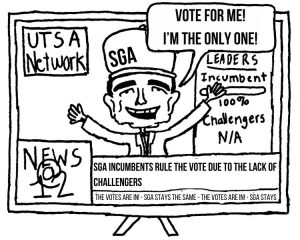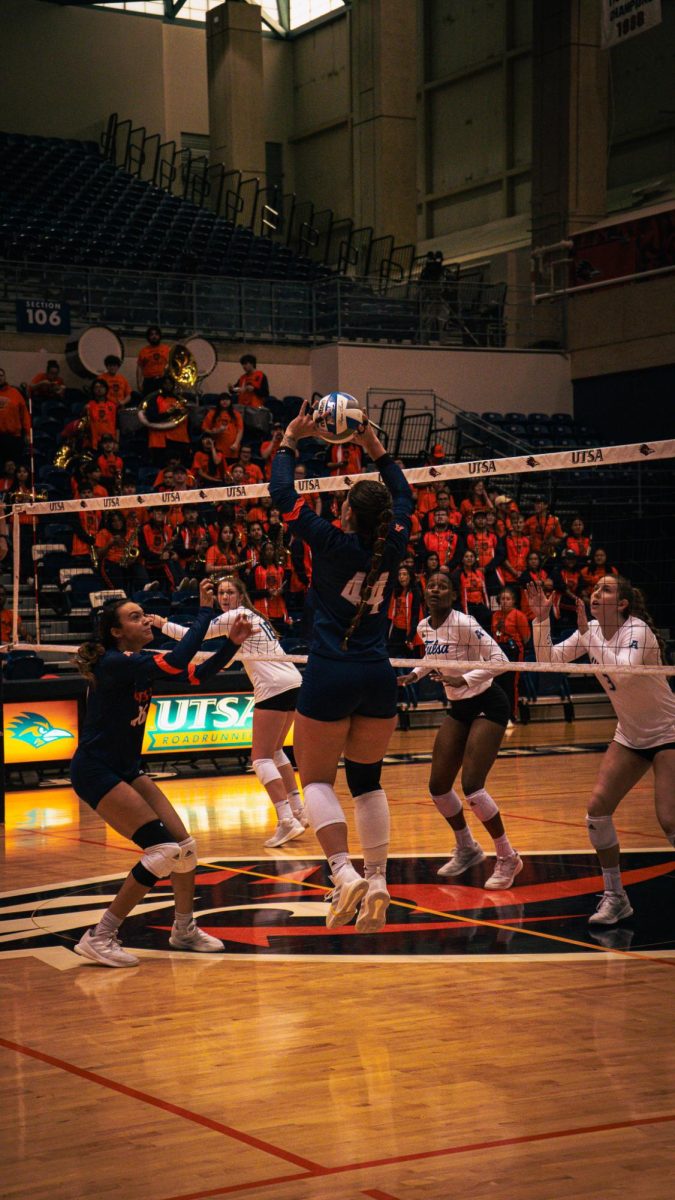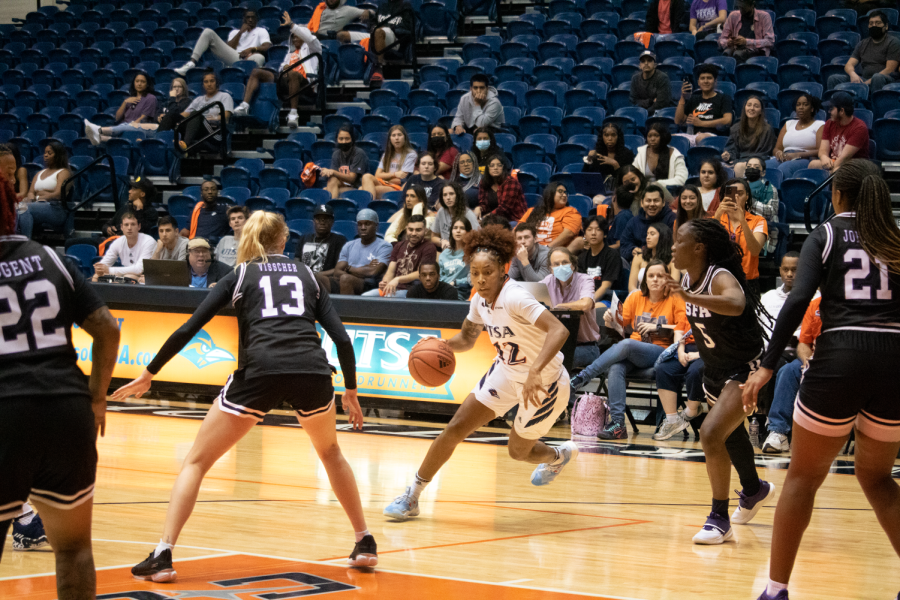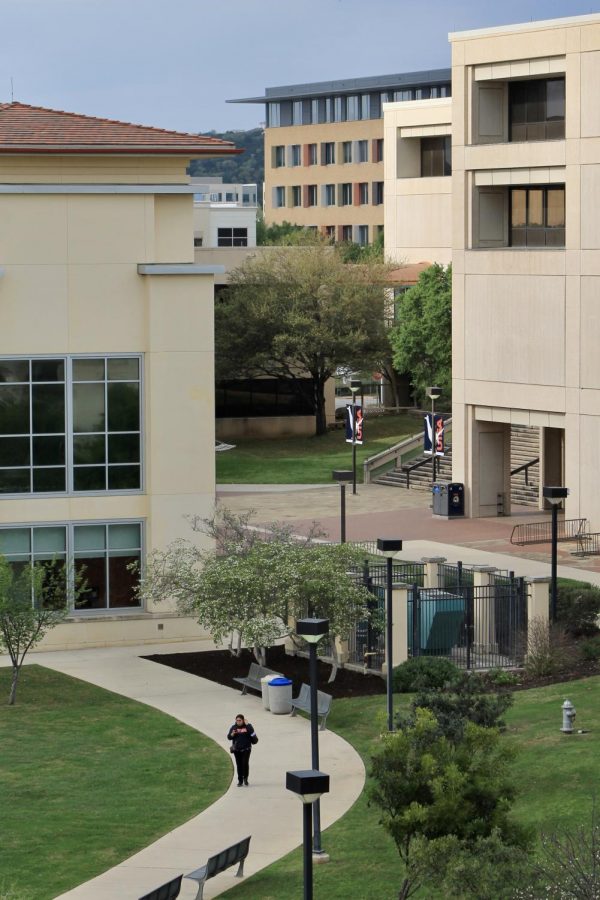Since 2007, a steadily climbing 20 percent of all college students now take at least one course online. With the rise in Internet access and smart phones, more distance learning and Internet-based courses have begun to appear for all types of classes ranging from information systems to poetry. The presence of online courses has undeniably made it more convenient for those who would not otherwise have the opportunity to earn a degree.
“I think they are helpful and convenient for older people or people with a family or full time job,” said senior business major Alma Sanchez.
Online courses have opened more avenues for non-traditional students, but in a distance learning environment is something lost in the experience?
“I wouldn’t say I enjoyed it, but it was easier for scheduling since I didn’t have specific due dates [for the assignments],” junior marketing major Tameka Grayson said, speaking about the IS 1403 course she took. “You can work on your own schedule, but you’re not around other students so you can’t ask for help if you need it.”
New technology offers consumers the availability of a faster internet and rapidly growing online communities.
More people than ever are taking advantage by earning college degrees from the comfort of home, but with that convenience comes an atrophy of interpersonal skills normally acquired through social interaction.
“[One drawback] is not being able to have discussions with students or your professor,” says Alma. “With email, you may not get a response until […] two hours later.”
The lack of face to face communication in online courses is definitely the biggest problem that web-based education faces. Also, without a strong sense of community in an online course, the relations between students can become so distant that individuals may feel truly alone in the course. Even courses which require workshops and critical feedback are now finding themselves translated through Blackboard messages and myUTSA mail.
“When I first heard it was online, I was hesitant because it was a workshop with only about ten people,” senior creative writing major Amanda Moreno said on an advanced creative fiction workshop she took this past semester. “But I would much prefer being in a class even with the hassle of driving to school.”
Much like on-site courses, online courses must be geared to keep students engaged throughout the lecture. Taking a student out of a traditional learning environment gives them convenience to not only learn at their discretion but perhaps fail to retain the coursework as well.
“Online [courses] make you lazy and constantly [encourage you to do] things last minute,” Moreno said. “A physical body in a room is much more meaningful.”
We live in a world where expediency and convenience are highly valued commodities. The rise of the Internet has facilitated a transition in how we live our daily lives, and now, how we communicate with each other.
“Even though it’s a great option to have [online courses], making them the norm would discredit the education process,” Moreno said, speaking on the loss of personal connection in web-based classes.
Online courses have given thousands of people the chance to call themselves college graduates. It makes things easier for a stay-at-home mom or a student managing a full-time job to complete coursework. It also gives students the chance to procrastinate and let their eyes wander to YouTube and Facebook. As our campus becomes more digital, the question remains: is the convenience of web-based education worth the impersonality of sitting alone at a computer?











